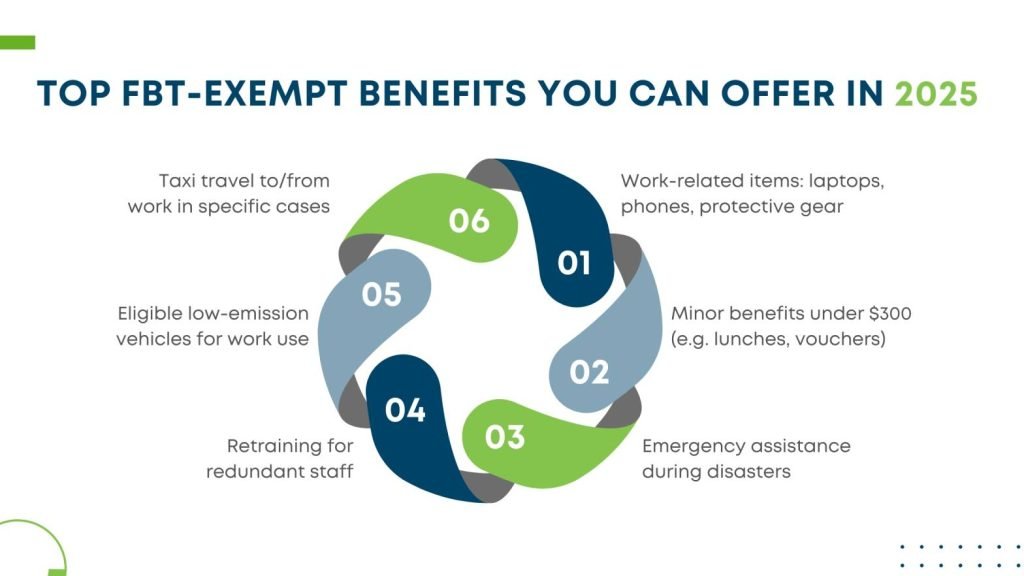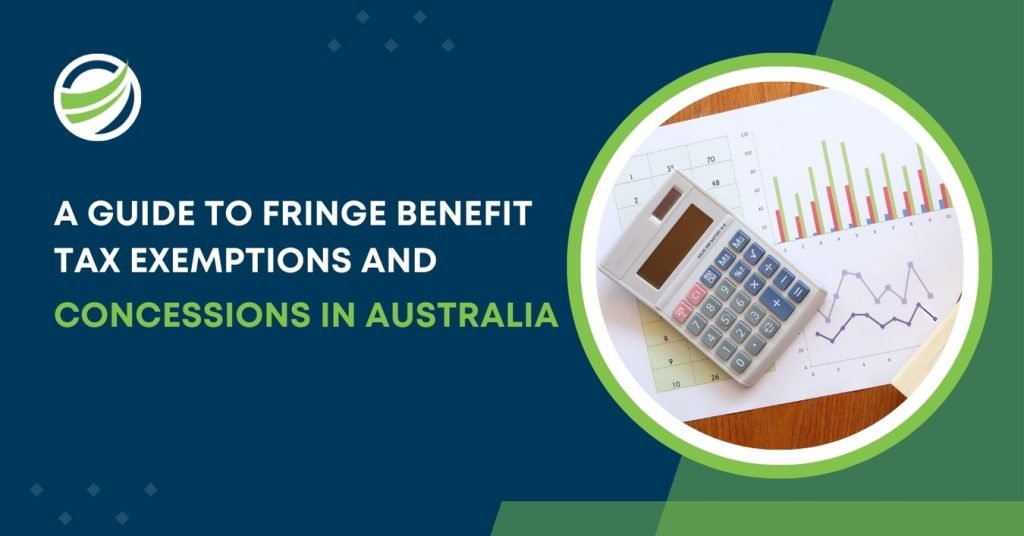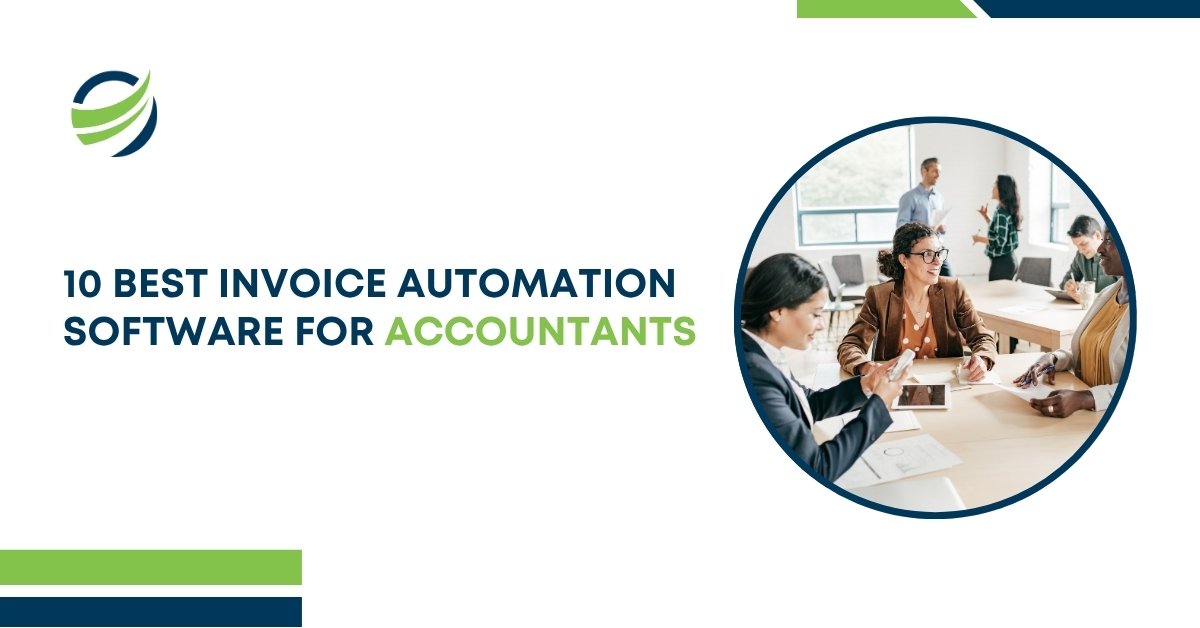Fringe benefits serve as an effective tool for employers to recognize and reward their employees beyond standard salaries, enhancing employee satisfaction and retention. However, while these benefits can significantly boost morale, they also come with an important consideration: Fringe Benefits Tax (FBT). If not managed properly, the implications of FBT can lead to a substantial increase in tax liabilities for businesses. NCS Australia, we help businesses navigate the complexities of Fringe Benefits Tax to ensure compliance while maximising the value of employee benefits.
To navigate this landscape successfully, it is crucial for employers to understand the various exemptions and concessions related to fringe benefits, as well as to implement strategic planning methods. By doing so, companies can reward their staff in a financially efficient manner, ensuring compliance while minimizing tax burdens.
What Are Fringe Benefit Tax Exemptions?
Fringe Benefit Tax is a tax that employers pay on certain benefits provided to employees (or their associates) in place of, or in addition to, salary or wages. However, not all benefits attract FBT. Some are fully exempt or attract concessional treatment.
Understanding how to leverage these fringe benefit tax exemptions can significantly reduce your liability while still offering valuable rewards to your employees. Let’s look at how to navigate these exemptions and concessions in 2025.

Smart Ways to Reduce Your FBT Liability in 2025
With careful planning, you can reduce your FBT bills. Here’s how to strategically reduce your liability:
1. Use the ‘Otherwise Deductible’ Rule
If you provide an employee with a benefit that they could have claimed as an income tax deduction had they paid for it themselves, you don’t incur FBT deduction. For example, professional development courses or tools of trade. This is known as the ‘otherwise deductible’ rule.
If only part of the expense is deductible, the taxable value of the benefit is reduced proportionally. You’ll need either:
- An employee declaration detailing the deductible portion, or
- Use of alternative record keeping approved by the ATO.
2. Use Employee Contributions
Having your employee contribute to the cost of a fringe benefit can reduce the taxable value. The contribution is usually a cash payment, and it is included in your assessable income, but the offset in FBT can make this worthwhile.
Note: This does not apply to tax-exempt body entertainment benefits.
3. Provide a Cash Bonus Instead
A cash bonus is subject to income tax for the employee but doesn’t attract FBT. This can sometimes be a more tax-effective reward.
4. Offer Exempt or Concessional Fringe Benefits
Certain fringe benefits are completely exempt from FBT, and others qualify for FBT concessions. Below, we dive into some of the most valuable exemptions available to employers in 2025.

Exempt Fringe Benefits in Australia
Here are some key benefits that can be provided without incurring FBT, provided they meet certain criteria:
Work-Related Items
If used mainly for work purposes, the following are exempt:
- Portable electronic devices (phones, tablets, laptops, GPS)
- Computer software
- Protective clothing
- Briefcases
- Tools of trade
Small businesses (with an aggregated turnover under $50 million) can even provide multiple substantially identical devices per year, as long as they meet the requirements.
Minor Benefits (Less than $300)
A minor benefit is exempt from FBT if:
- Its notional taxable value is under $300, and
- It would be unreasonable to treat it as a fringe benefit.
Examples: A one-off team lunch or a movie voucher.
When assessing whether it’s unreasonable to treat the benefit as taxable, consider how frequently the benefit is given, its total value across the year, and how difficult it would be to track.
Emergency Assistance
Providing assistance during a natural disaster or similar emergency is exempt from FBT, such as offering temporary accommodation during a flood crisis.
Retraining & Reskilling
If you provide education or training to employees who are being made redundant (but not to help them get a new job with you), this benefit is exempt from FBT.
Taxis and Public Transport
Taxi travel is exempt when:
- The journey begins or ends at the employee’s place of work.
- The travel is due to an illness or injury at work.
Public transport may also be exempt in limited situations.
Car Parking Exemption
Car parking may be exempt from FBT if:
- The parking is not in a commercial car park, and
- The employer is a small business or certain not-for-profit entity.
FBT Car Exemption for Eligible Vehicles
The FBT car exemption applies to certain low and zero-emission vehicles used for work purposes. If the car is:
- A battery electric vehicle (BEV), hydrogen fuel cell electric vehicle (FCEV), or plug-in hybrid (PHEV), and
- First held and used on or after 1 July 2022,
then it may qualify for FBT exemption, provided the private use is limited to travel between home and work or minor, infrequent private trips.
FBT Concessions for Not-for-Profits and Charities
FBT can hit not-for-profits hard, but fortunately, there are specific FBT concessions available. If you’re a Public Benevolent Institution (PBI), Health Promotion Charity (HPC), or a public hospital or ambulance service, you may be completely exempt from FBT up to a capped amount per employee.
In 2025, the caps remain:
- $17,000 per employee for public hospitals and ambulance services.
- $30,000 per employee for PBIs and HPCs.
For rebateable employers like some charities and scientific or educational institutions a 47% FBT rebate applies, up to a $30,000 cap per employee.
This allows not-for-profits to offer more generous packages while managing FBT efficiently. However, benefits exceeding the cap are fully taxable and must be reported.
In addition, some organisations, such as registered charities, may qualify for a specific exemption on eligible car parking fringe benefits.
Key Takeaway:
For qualifying employers, there’s no FBT payable on eligible benefits provided to employees, as long as the total remains within the designated cap. This makes salary packaging a powerful tool for attracting and retaining talent in the not-for-profit and public health sectors.
Reporting Requirements for FBT
If you provide reportable fringe benefits exceeding $2,000 per employee per FBT year, you must disclose the grossed-up value on the employee’s income statement or payment summary. This amount:
- Is not taxed as income, but
- Is included in income tests for things like HECS, Medicare levy surcharge, family assistance, and child support.
For most employees, 100% of reportable fringe benefits are counted for these purposes. However, there’s a special concession: only 53% of the fringe benefits amount is counted if the benefits are provided by:
- Registered PBIs
- Health Promotion Charities
- Public and not-for-profit hospitals
- Public ambulance services
FBT Reporting Obligations for Employers
If the cap for an individual employee is exceeded, and FBT is payable, the organisation will need to:
- Register for FBT with the ATO.
- Lodge an FBT return for the relevant year.
- Pay FBT by the due date.
- Provide fringe benefit details for all employees.
Employers are also required to disclose whether they are exempt from FBT in the employee’s payment summary.
Key FBT Due Dates for 2025
Stay compliant by keeping track of your calendar. Here are the critical FBT due dates in 2025:
- 31 March 2025 – End of the FBT year
- 21 May 2025 – FBT return due if lodging by paper
- 25 June 2025 – FBT return due if lodging electronically via a tax agent
- 28 May 2025 – Payment due (unless you have a different arrangement through your tax agent)
Be sure to mark these dates in your diary to avoid penalties or interest.
Final Thoughts
Understanding fringe benefit tax exemptions and FBT concessions is key to building tax-effective reward strategies. From exempt fringe benefits in Australia like work tools to the FBT car exemption for EVs, there are smart ways to minimise liability. Not-for-profits, PBIs, and HPCs enjoy even greater advantages with generous exemptions that support competitive, compliant salary packaging.
Need help navigating your FBT strategy for 2025?
At NCS Australia, we simplify tax complexities so you can focus on what you do best. Contact us today to review your FBT position, reduce liabilities, and unlock the full value of fringe benefit tax exemptions available to your organisation.
Want to stay on top of your obligations? Check out our blog FBT Return Due Date 2025: Lodgment & Payment in Australia for everything you need to know.
Don’t miss key deadlines that could impact your FBT compliance and planning.
Frequently Asked Questions (FAQs)
- What are exempt fringe benefits in Australia for 2025?
Exempt fringe benefits include work-related items such as laptops, tools of trade, protective clothing, and minor benefits under $300. Other exemptions include emergency assistance, certain taxi travel, retraining for redundant staff, and eligible electric vehicles used for work purposes.
- How does the ‘otherwise deductible’ rule reduce FBT liability?
If a benefit provided to an employee would have been tax-deductible if they paid for it themselves, it may be exempt under the ‘otherwise deductible’ rule. This includes things like professional development or work-related tools. Proper documentation is required to support this claim.
- Are electric vehicles FBT-exempt in 2025?
Yes, certain zero or low-emission vehicles (like battery electric vehicles or plug-in hybrids) are exempt from FBT if first held and used after 1 July 2022, and if private use is limited. This FBT car exemption can result in significant savings for both employers and employees.
- What FBT concessions are available for not-for-profits in 2025?
Public Benevolent Institutions (PBIs), Health Promotion Charities (HPCs), and public hospitals/ambulance services can access generous FBT exemptions—up to $30,000 or $17,000 per employee. Some rebateable employers also receive a 47% FBT rebate, up to the capped threshold.
- What are the key FBT due dates for 2025 in Australia?
- 31 March 2025: End of the FBT year
- 21 May 2025: Paper FBT return due
- 28 May 2025: FBT payment due
- 25 June 2025: Electronic lodgment due (via tax agent)
Timely compliance with these dates helps avoid penalties and interest.








